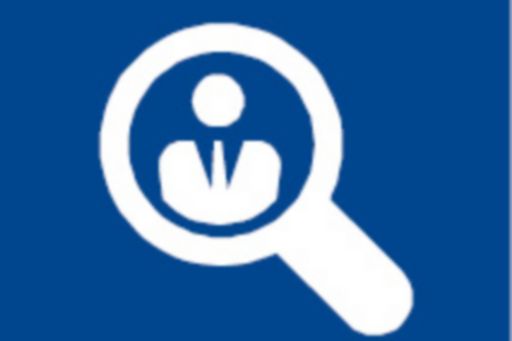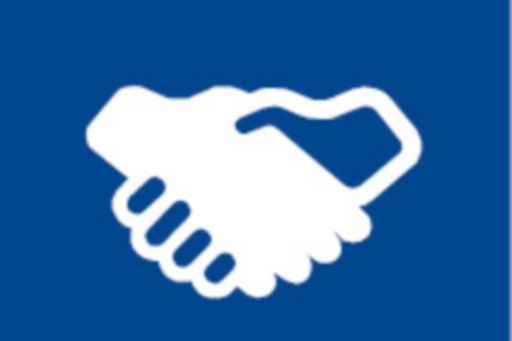It is our core belief that people are an organisation’s greatest asset, thus making employees central to an organisation’s performance. For this reason, it is essential that organisations have a culture that supports employees in functioning at their full potential. A strong company culture can:

Reduce
The risk of misconduct.

Promote
Innovation and new product development designed to serve customers.

Diminish
The risk of regulatory scrunity and the risk of related supervisory action and monetary fines, as well as diminish other potential costs, such as operating or capital charges.

Attract and Retain
Highly qualified talent that similarly values a strong positive culture behaviour, and reduce conterproductive behaviour and employee turnover.

Strengthen
Asset quality.

Protect
The life of the brand.

Enhance
A firm's reputation with:
- Customers/clients (who perceive the firm to be looking out for their interests)
- Employees and management (who have an alliance with a positive corporate citizen)
- Shareholders
- Regulators (who perceive the firm to be less risky i.e. more "safe and sound").
The differentiating element of this tool is that the culture of the organisation is not measured as a standalone construct, but rather, holistically, incorporating scientifically proven drivers of culture:

Employee autonomy is the extent to which the organisation allows the employees to control their own work situation; employees are given more freedom to act as they deem fit, with clear company policies and procedures guiding their decisions. This demonstrates that the organisation trusts and believes its employees have the organisation's best interest at heart.

Strategic Alignment refers to the extent to which the employees are aware of and aligned to the strategic vision, mission and business objectives of the organisation.

Customer orientation is the demonstration that the needs of the customer are placed at the centre of the organisation’s business decisions. This implies that the organisation is focused and committed to the betterment of the customer experience.

Openness to change refers to the organisation’s level of acceptance and awareness of the possibility of change, together with the flexibility and willingness to respond to the change when necessary. Innovation is encouraged, change is appreciated and the organisation fosters a highly adaptable environment.

Employee Development refers to the importance that an organisation gives to the learning and development of its employees. This is the process by which the organisation supports its employees in the enhancement of their knowledge, skills and abilities as well as gives them the opportunity to develop their career.

Senior Leadership refers to a number of elements that contribute to effective leadership from the top management of the organisation, such as, commitment, approach, communication and drive for excellence.

Reward and Recognition is the demonstration of appreciation for good work done at the organisation, through a transparent process. It refers to a work environment that has appropriate acknowledgement and recognition of employees’ efforts at the organisation.

Collaboration and inclusion is the extent to which the organisation promotes an environment where working together, valuing each other’s differences and opinions is encouraged and celebrated. The organisation supports knowledge transfer and respect regardless of status, position or background.
Furthermore, the tool also allows for the evaluation, by the workforce, of the level of understanding of the organisation’s Vision and Core Values, as well as their view of what an ideal employee and leader, as their employer, should possess in terms of competencies.
This organisation specific data will provide business leaders and owners the knowledge they need to continue to build on elements that support the achievement of their vision, through the further development of their workforce, leaders, and culture.
The data obtained from the anonymous responses of your workforce provides KPMG the opportunity to deliver to the organisation taking the Culture Assessment, a deep understanding of the views of its workforce with respect to Culture drivers, correlation between drivers, as well as, illustrating differences between different workforce demographic groups (such as: age groups etc.).
The KPMG Culture Assessment is another tool (like the KPMG Employee Engagement Plus Index) developed by the KPMG People & Change team which provides organisations with the foundations upon which to grow and develop their people strategy. We firmly believe in the philosophy ‘Measure-Define-Action’, an approach that ensures that prior to any recommendations being made or action plans set into motion, an organisation truly has data and facts as a solid starting point.
The KPMG Culture Assessment allows for the implementation of specific and targeted initiatives that will influence the building of a positive and strong company culture. Having a strong and positive culture is beneficial to an organisation in many ways, such as: enhancing an organisation’s reputation (with both their internal and external customers), promoting innovation and growth, attracting and retaining top talent and protecting the brand of the organisation.

